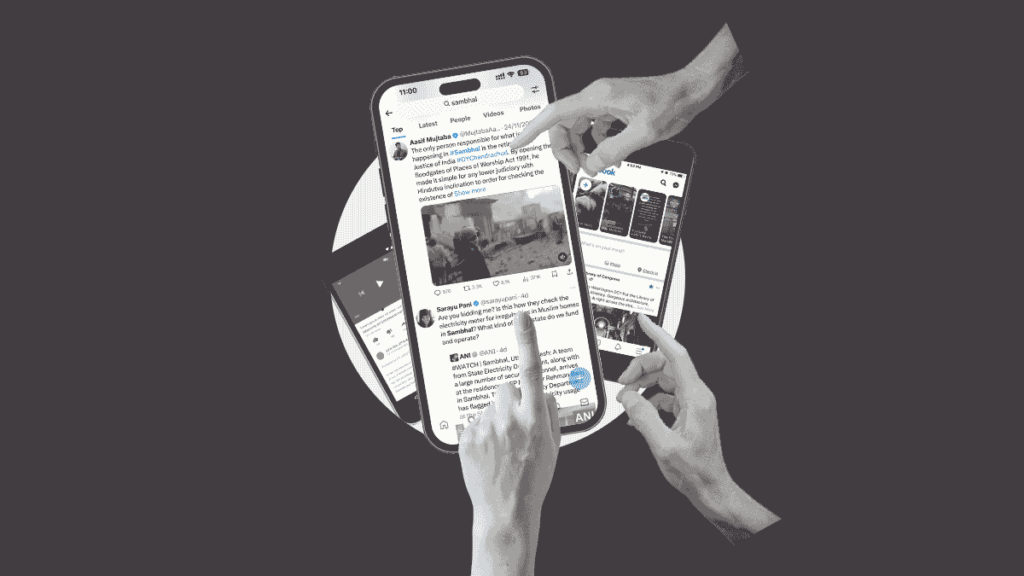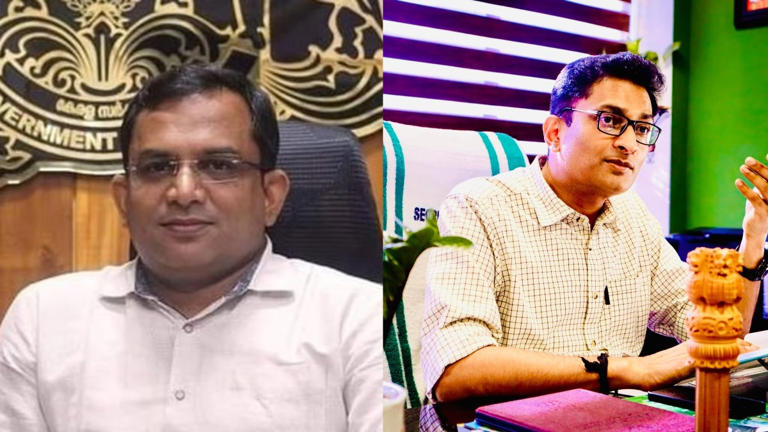Social media is a powerful tool for raising awareness about critical issues, including those affecting marginalized communities like Muslims in India. Despite the widespread digital outcry, pressing concerns—such as the criminalization of Muslim activism, restrictions on livelihoods and cultural practices, and targeted violence, including lynchings and bulldozer demolitions—dominate online discourse but rarely lead to tangible change. This piece explores the limitations of digital activism, particularly clicktivism, arguing that while social media amplifies voices, it is a supplement, not a solution, for systemic change. Digital outrage must pair with actionable community engagement and grassroots resistance for lasting transformation.
In India, Muslims and other marginalized communities face escalating state repression, with public activism becoming increasingly dangerous. Surveillance, state-imposed restrictions, and punitive measures deter dissent, as illustrated by the cases of Gulfisha Fatima, Miran Haider, Umar Khalid, and Sharjeel Imam. While symbolic advocacy for political prisoners exists, much activism fails to confront the structural injustices disproportionately impacting marginalized Muslims. In this climate, digital activism and discreet protest have become survival tools, yet social media connections cannot replace the strength of in-person solidarity. Capitalism’s individualistic ideologies further erode collective action, isolating individuals and weakening the solidarity necessary to challenge systemic oppression.
Divide within: How capitalism fosters isolation
Capitalism, as a pervasive societal system, not only shapes economic structures but also profoundly influences social attitudes and relationships. For instance, the capitalist lens often reframes poverty as an individual failure, discouraging acts of compassion like giving to beggars by labelling them as exploitative or wasteful. This mindset fosters suspicion and dehumanizes those in need, obscuring the systemic exploitation that capitalism imposes on everyone—whether through exploitative labour practices, inequitable access to healthcare, or the commodification of identities. By reducing people to products and profiting from their distress, capitalism exacerbates social isolation and mental strain, further weakening the solidarity needed to challenge systemic oppression. However, even small acts of kindness and shared moments of empathy can offer resistance to this alienation. Cultivating collective spaces rooted in empathy and support is not just a counter to capitalist-driven isolation but also a crucial step in fostering resilience and rebuilding the communal bonds necessary for systemic change.
Zygmunt Bauman’s concept of liquid modernity aptly describes an era of rapid societal change that dissolves traditional community bonds, leaving individuals increasingly isolated. This isolation often exacerbates superficial online engagement, where sensationalized content overshadows more nuanced, meaningful discussions. The isolation experienced in today’s polarized society calls for a new approach to activism that transcends digital noise and creates lasting social change. Building resilience in marginalized communities—particularly in the face of political and social polarization—requires more than symbolic gestures. It demands deliberate, thoughtful action that bridges the divide between online outrage and concrete outcomes.
1. Digital Mindfulness and Conscious Resistance
The digital realm offers countless opportunities for activism, but meaningful engagement requires mindfulness and intentionality. Social media platforms, while powerful, often promote performative activism, where likes, shares, and comments substitute for meaningful action. To move beyond this superficial engagement, individuals can amplify marginalized voices with care, ensuring their contributions are contextual and thoughtful. Supporting local initiatives, such as volunteering with grassroots organizations or participating in community projects, transforms online solidarity into tangible outcomes. Additionally, practising digital mindfulness—avoiding sensationalized content and focusing on actionable information—can reduce burnout and foster informed advocacy. Small actions, like attending rallies, mentoring individuals from underrepresented communities, or directly supporting marginalized businesses, ensure that digital activism remains a catalyst for real-world change. By turning online outrage into concrete offline efforts, individuals can challenge harmful narratives and build collective resilience against systemic injustices.
2. Collective Action against Polarization
In times of heightened social and political polarization, it’s easy to fall into the trap of isolation. However, resistance is most effective when it is collective. The adage “the smile of the people, by the people, for the people” captures the essence of this—when we come together, whether in small groups or large movements, we can create a shared sense of purpose and defiance against systems of oppression. While digital platforms offer virtual connection, they cannot replace the power of face-to-face engagement in overcoming divisions. Building solidarity, meeting in person, and connecting beyond digital screens help transcend divisions fueled by hate and ghettoization. Collective action, whether through organizing local events, participating in community initiatives, or supporting grassroots efforts, is essential for dismantling the walls that separate us. By volunteering with local organizations, attending interfaith or intercultural gatherings, and challenging divisive narratives in everyday interactions, we can transform individual actions into collective power. These small, localized efforts allow communities to not only resist hate and isolation but also create spaces where resilience can thrive, turning local solidarity into a force capable of dismantling the barriers created by polarization.
Maintaining mental health amidst chaos
Muslims in India face a deeply entrenched communal ecosystem that perpetuates systemic discrimination, violence, and exclusion, contributing to heightened stress, anxiety, and isolation. This hostile environment, marked by lynchings, wrongful imprisonment, and surveillance, has a significant toll on mental health. To address this, a multi-faceted approach is needed. First, creating boundaries around digital spaces can be crucial. While social media can be a tool for raising awareness, it often amplifies hatred and distress. Muslims can limit exposure to distressing content by curating their feeds with positive and supportive voices, actively engaging in conversations that promote empathy and challenge prejudice, and taking regular digital detoxes to reduce emotional burnout.
Additionally, offline solidarity is vital in creating safe spaces for mental well-being. Local community support groups and peer-led mental health initiatives can provide emotional support and practical coping strategies. Strengthening interfaith dialogues and fostering understanding between different communities can also build resilience and reduce isolation. Mental health resources are key to addressing the toll of discrimination. Ensuring access to culturally competent mental health services, including community-based programs and online consultations, can provide much-needed professional support. These services should be aimed at reducing the stigma surrounding mental health issues and empowering individuals to seek help. Promoting emotional processing through activities such as journaling, art, mindfulness, and relaxation techniques can help individuals manage anxiety and stress.
Moreover, advocating for policy change is crucial for addressing the root causes of these mental health challenges. Supporting reforms that protect Muslims from communal violence, wrongful imprisonment, and systemic exclusion, as well as promoting inclusive community-building policies, can create a safer and more supportive environment. By combining digital mindfulness, in-person solidarity, professional support, and advocacy, a more resilient and empowered community can emerge, better equipped to navigate the challenges they face. These solutions, grounded in collective effort, must be continually adapted to meet the evolving socio-political realities of the nation.
As India continues to grapple with political and social polarization, ghettoization, and rising anti-Muslim sentiment, resilience becomes an essential strategy for survival and change. Moving beyond social media activism and focusing on real-world, collective action is crucial to dismantling the forces of division. Through empathy, conscious resistance, and collective solidarity, we can begin to rebuild the social fabric torn apart by hate. In doing so, we not only strengthen our communities but also create a society where all individuals—regardless of their faith or background—can thrive together.
Istikhar Ali is a DAAD fellow at the Centre of Modern Indian Studies (CeMIS), Universität Göttingen and PhD scholar at the Centre for Social Medicine and Community Health (CSMCH), Jawaharlal Nehru University. Currently working on the marginalisation and health-related issues of Muslims in India.




